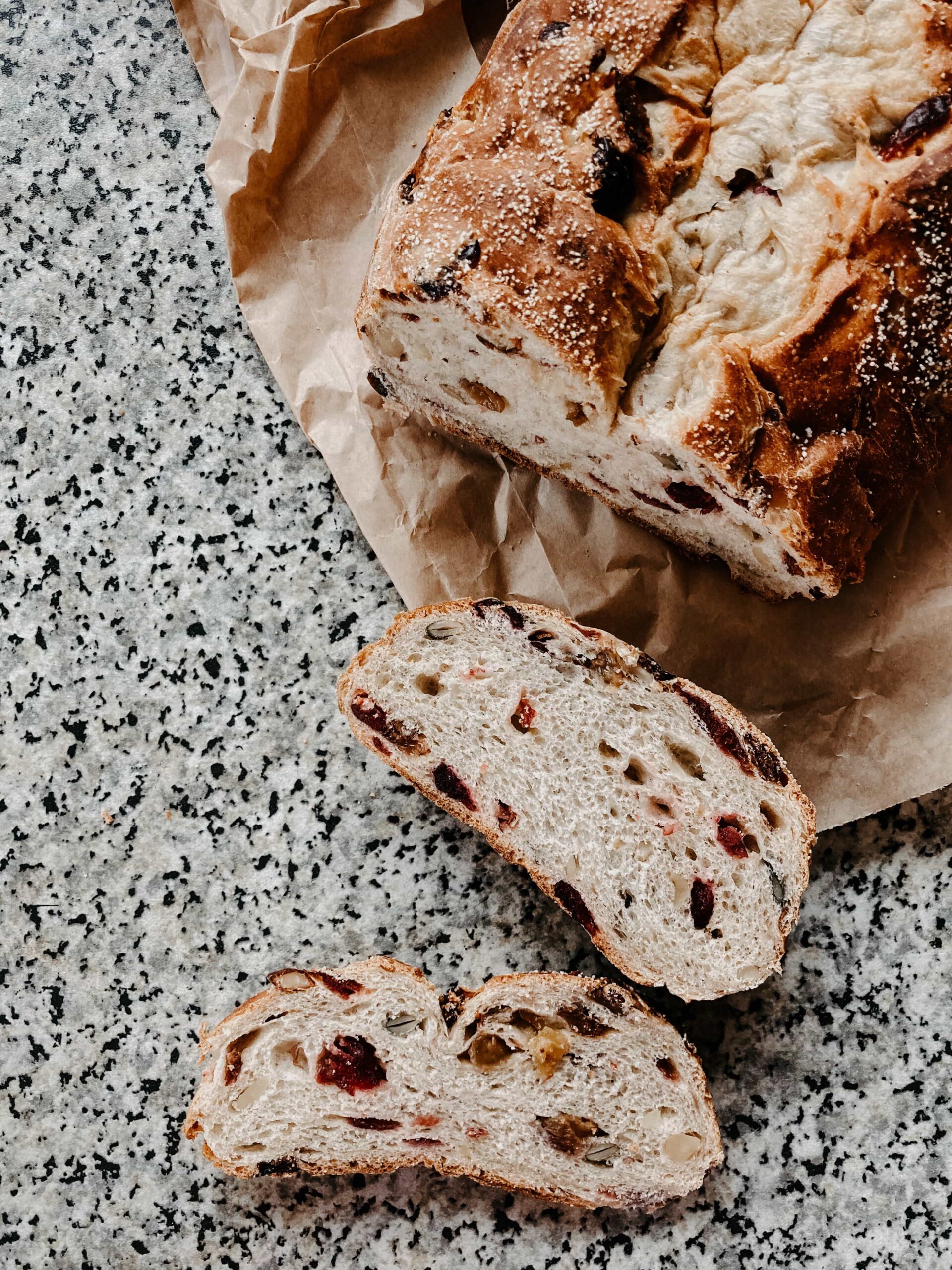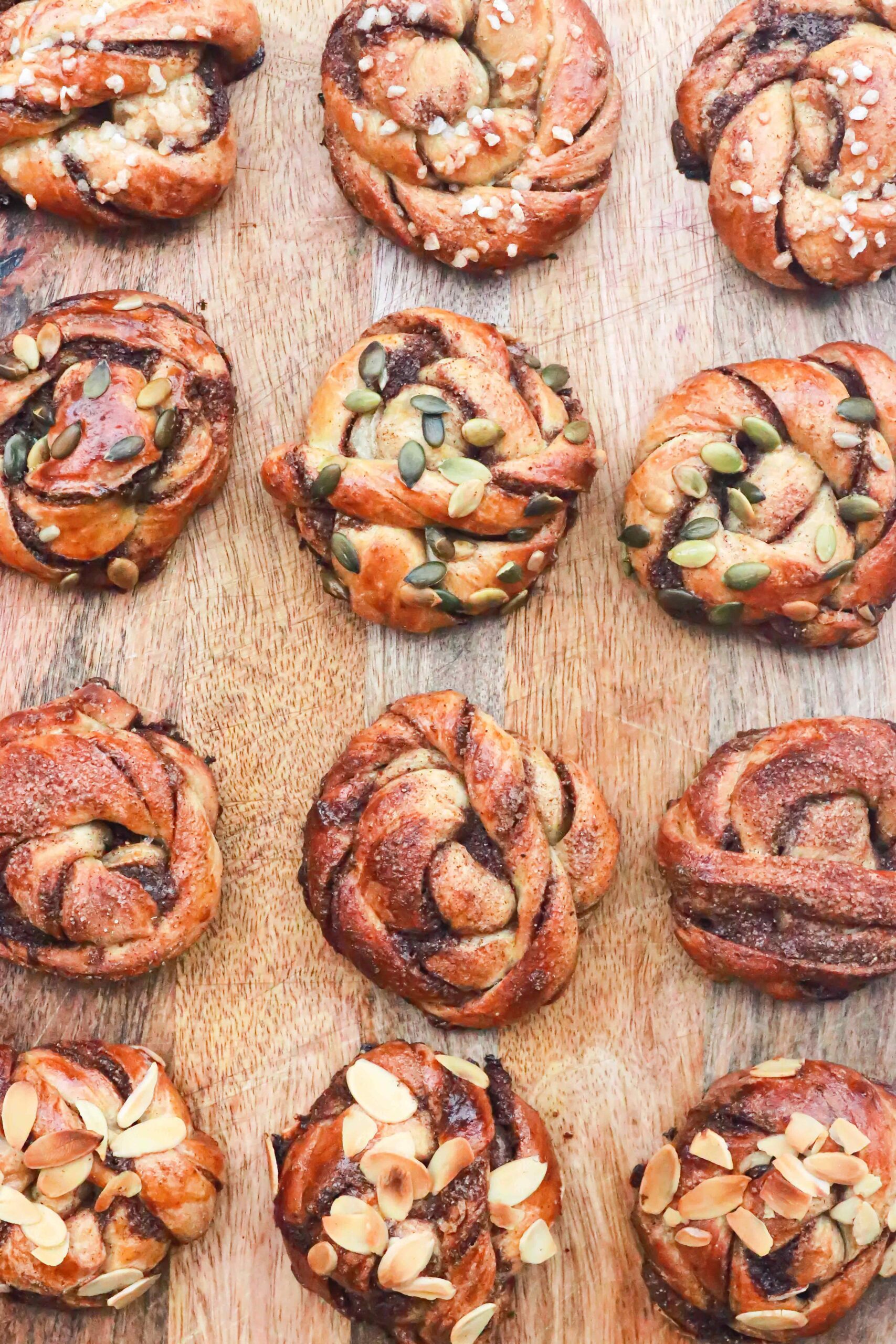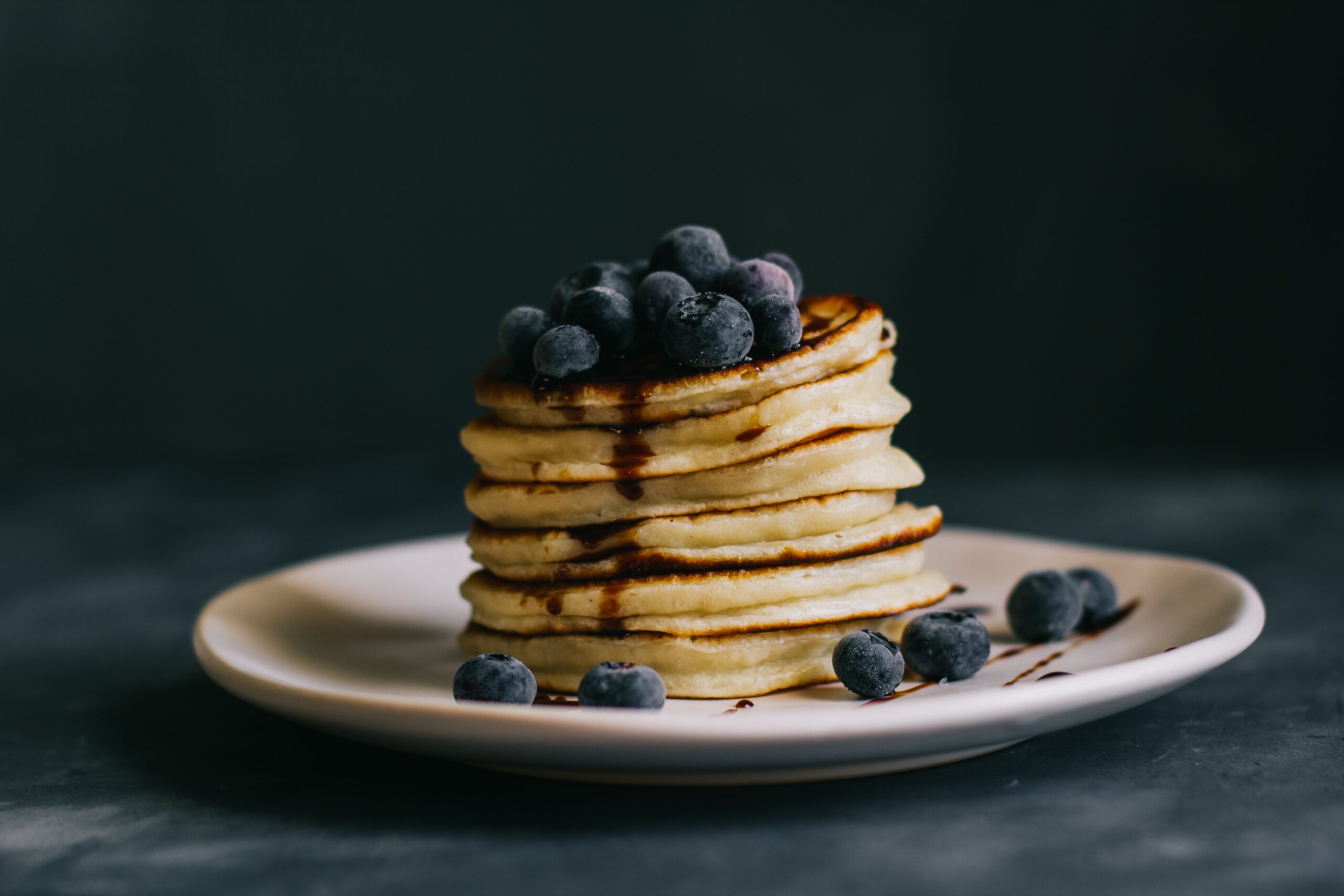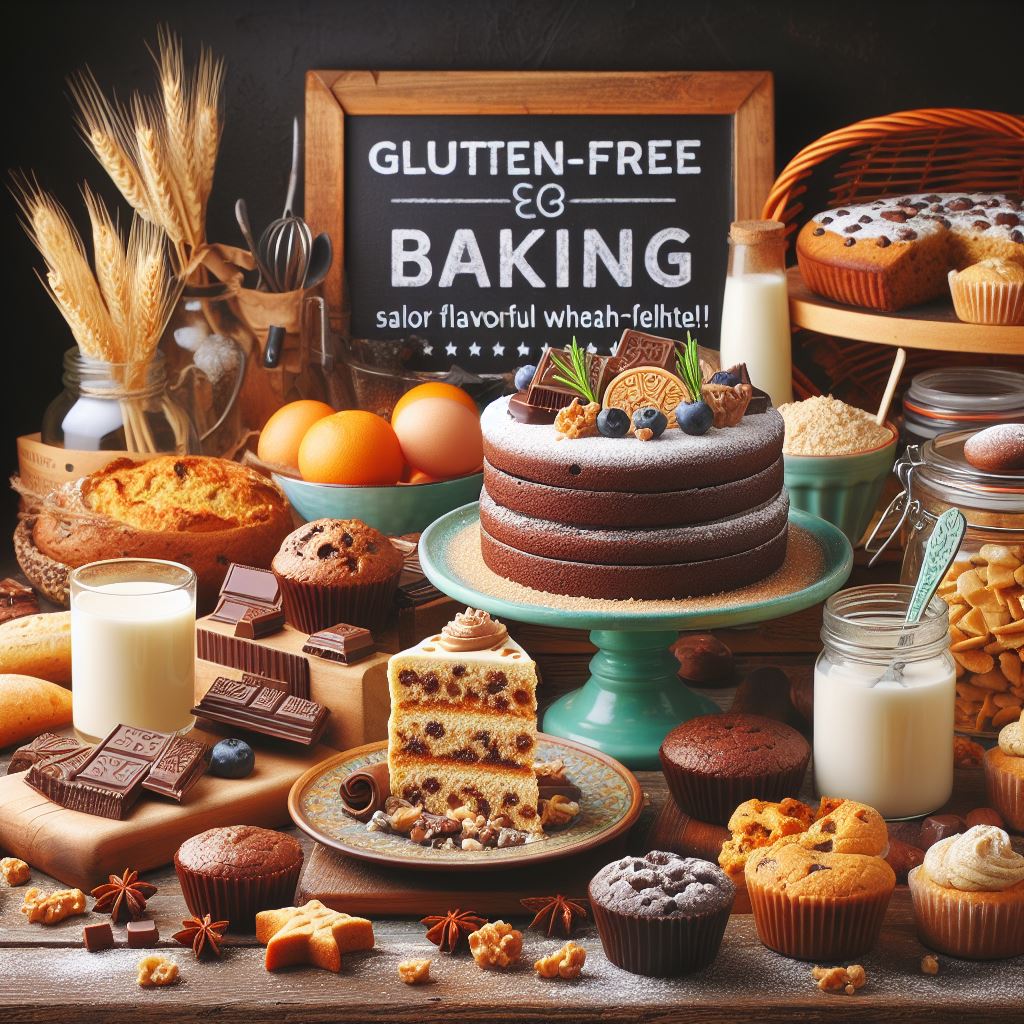Gluten-free baking offers tasty alternatives to wheat flour, like almond, coconut, and rice flours. These substitutes cater to celiac or gluten-sensitive individuals without sacrificing flavor or texture.
Embracing gluten-free baking opens a world of culinary possibilities for those who either have dietary restrictions or are choosing to eliminate gluten for other reasons. It’s not just about catering to those with celiac disease or a gluten sensitivity; it’s also about exploring diverse flavors and textures that can elevate your baking repertoire.
Utilizing flours such as almond, coconut, rice, or even chickpea flour, bakers can create delectable cakes, cookies, bread, and more. These alternatives not only offer a safe option for those who cannot consume gluten but also add unique nutritional benefits, making gluten-free baking a wholesome choice for anyone looking to diversify their diet.

Understanding Gluten-free Baking
For many bakers, the shift to gluten-free baking is a journey of discovery. Rather than relying on traditional wheat flour, creative alternatives offer new textures and flavors. Let’s dive into the world where baking meets dietary needs without compromising on deliciousness.
The Basics Of Gluten And Its Role In Baking
Gluten acts like a glue in dough, giving baked goods their structure. Understanding this can help you create delectable gluten-free goodies.
- Proteins in wheat combine to form gluten.
- Gluten provides elasticity and affects the chewiness of baked goods.
- Without gluten, alternative binders are crucial.
Health Reasons For Going Gluten-free
Many people avoid gluten for health. It is essential for individuals with celiac disease or gluten sensitivity.
| Condition | Reason to Avoid Gluten |
|---|---|
| Celiac Disease | Autoimmune response to gluten. |
| Gluten Sensitivity | Non-allergic reaction causing discomfort. |
| Wheat Allergy | Can trigger severe allergic reactions. |
Navigating The World Of Gluten-free Flours
Plenty of flour alternatives exist, each with unique qualities. Blend different types for the best results.
- Almond flour – Rich and moist, great for cookies.
- Coconut flour – Absorbs moisture, best used sparingly.
- Rice flour – Mild flavor, useful for roux and sauces.
- Chickpea flour – Protein-packed, perfect for hearty bread.
Essential Gluten-free Baking Ingredients
Some ingredients are critical for successful gluten-free baking. These help mimic gluten’s properties:
- Xanthan gum – Adds viscosity and elasticity.
- Baking powder – Aids in leavening, for lift and lightness.
- Eggs – Provide structure and moisture.
- Fruit purees – Offer natural sweetness and binding.
Mastering Gluten-free Recipes
Embarking on the gluten-free journey can transform the way you bake. Gluten-free does not mean taste-free, and mastering these recipes opens up a world of delectable possibilities. With the right ingredients and techniques, wheat flour’s absence becomes a mere afterthought.
Converting Traditional Recipes To Gluten-free Variations
Translating your beloved recipes into gluten-free versions might seem daunting, but it’s an adventure in creativity. Begin by replacing wheat flour with gluten-free alternatives. A combination of rice, almond, or coconut flours with xanthan gum can mimic traditional textures. Don’t forget to adjust the baking times and temperatures to suit these new ingredients for best results.
Tips And Tricks For Achieving The Perfect Texture
- Moisture is key. Use puréed fruits or vegetables to add the necessary moisture that gluten-free flours often lack.
- Binders such as egg whites or flaxseed meal are essential to keep your baked goods from crumbling.
- Test different flour blends. Each recipe may require its unique combination for that flawless finish.
Savory Staples: Breads, Pizzas, And Pastries
Rediscover the joy of biting into a crisp pizza crust or flaky pastry without gluten. Using a pre-made gluten-free flour blend can simplify your process. For bread, consider psyllium husk for a chewy texture. Pizzas and pastries excel with a base of light, starchy flours like tapioca or potato starch.
Sweet Sensations: Cookies, Cakes, And Pies
Gluten-free baking shines with its desserts. Almond flour makes for exceptionally nutty cookies, while a 1:1 gluten-free baking flour is perfect for cakes and pies. For the ultimate tender crumb in cakes, don’t skimp on ingredients that provide structure and richness such as buttermilk or sour cream.
Innovative Gluten-free Baking Techniques
Welcome to the world of innovative gluten-free baking techniques where delicious treats meet dietary needs. These culinary strategies pave the way for a delightful baking experience without traditional wheat flour. Let’s explore how to keep gluten-free baking tasty and satisfying.
Using Binders To Compensate For The Lack Of Gluten
Binders work magic in gluten-free recipes. They mimic gluten’s elastic texture. Some common binders include:
- Xanthan Gum – Adds stickiness to the dough.
- Psyllium Husk – Increases dough strength and elasticity.
- Flaxseeds – Give structure when mixed with water.

The Importance Of Moisture And How To Retain It
Moisture is key in gluten-free baking. It prevents dry and crumbly results. Tips to keep baked goods moist include:
- Add apple sauce or mashed bananas for natural sweetness and moisture.
- Use almond milk for a moist, dense texture.
- Include eggs or egg replacers as they hold moisture well.
Gluten-free Vegan Baking Challenges And Solutions
Baking without gluten and animal products can be tough. Creative solutions make it possible:
- Use chia eggs or flax eggs as vegan binders.
- Combine gluten-free flour with nutritional yeast for a cheesy flavor without dairy.
- Coconut oil is a great butter substitute for richness.
Experimenting With Flavor Combinations
Flavor combinations bring joy to gluten-free baking. Try these pairings:
| Gluten-Free Flour | Flavor Add-ins |
|---|---|
| Almond Flour | Cinnamon and Nutmeg |
| Coconut Flour | Lemon Zest and Blueberries |
| Oat Flour | Maple Syrup and Walnuts |
Gluten-free Baking For Special Occasions
Special occasions call for extraordinary treats. Gluten-free baking lets everyone enjoy without worry. Delight your guests with flavors that surprise and satisfy.
Gluten-free Holiday Treats That Everyone Will Love
Turn up the festive spirit with gluten-free holiday treats. Find joy in gingerbread cookies that snap just right. Discover a new favorite with pumpkin pie squares that melt in your mouth. Here’s a quick list:
- Almond flour sugar cookies with festive frosting
- Sweet coconut flour macaroons dipped in chocolate
- Warm oat flour cinnamon rolls for a cozy touch
Birthday Cakes And Celebration Desserts Without Wheat
Birthday cakes mark milestones. Celebration desserts add joy. Gluten-free doesn’t mean flavor-free. Rich, moist, and utterly delicious—try these:
- Chocolate quinoa cake topped with vibrant berries
- Lemon rice flour layer cake with velvety frosting
- Classic chickpea flour vanilla cake with sprinkles
Gluten-free Finger Foods And Appetizers For Parties
Start the party with gluten-free finger foods. From savory to sweet, appetizers set the mood. Impress guests with these bite-sized delights:
| Ingredient | Dish |
|---|---|
| Buckwheat flour | Mini quiches with vegetables |
| Millet flour | Crispy cheese puffs |
| Corn flour | Soft pretzels with mustard dip |
Creating A Gluten-free Baking Gift Basket
Create a personalized gluten-free gift basket. Fill it with diverse flours and baking mixes. Include a hand-written recipe card. Follow these steps:
- Select a beautiful basket or box for presentation
- Choose an array of gluten-free flours like sorghum and teff
- Add mix-ins: nuts, seeds, and dried fruits
- Don’t forget a cookie cutter or silicone baking mat for fun

Conclusion
Embracing gluten-free baking opens a world of culinary creativity. Swap traditional wheat for almond, oat, or coconut flours and discover new textures and flavors in your favorite treats. Start experimenting now and indulge in the wholesome goodness of gluten-free delights! Happy baking!
Frequently Asked Questions Of Gluten-free Baking: Delicious Alternatives To Wheat Flour
What Gluten-free Flour Tastes Most Like Wheat?
Rice flour often provides a taste similar to wheat and is a popular choice in gluten-free baking. Its mild flavor and versatility make it a go-to substitute for those avoiding wheat.
What Is A Good Substitute For Wheat Flour In Baking?
A good substitute for wheat flour in baking is almond flour, providing a low-carb, gluten-free alternative with a nutty flavor. Other options include coconut flour, oat flour, and rice flour, each lending different textures and tastes to recipes.
Is There A Gluten-free Substitute For Whole Wheat Flour?
Yes, almond flour, coconut flour, and rice flour are popular gluten-free substitutes for whole wheat flour. They each offer distinct textures and flavors suited for various recipes.
What Flour Is Best For Gluten Free Baking?
Almond flour, coconut flour, and rice flour are top choices for gluten-free baking, each offering unique textures and flavors. Explore blends for versatile results.







